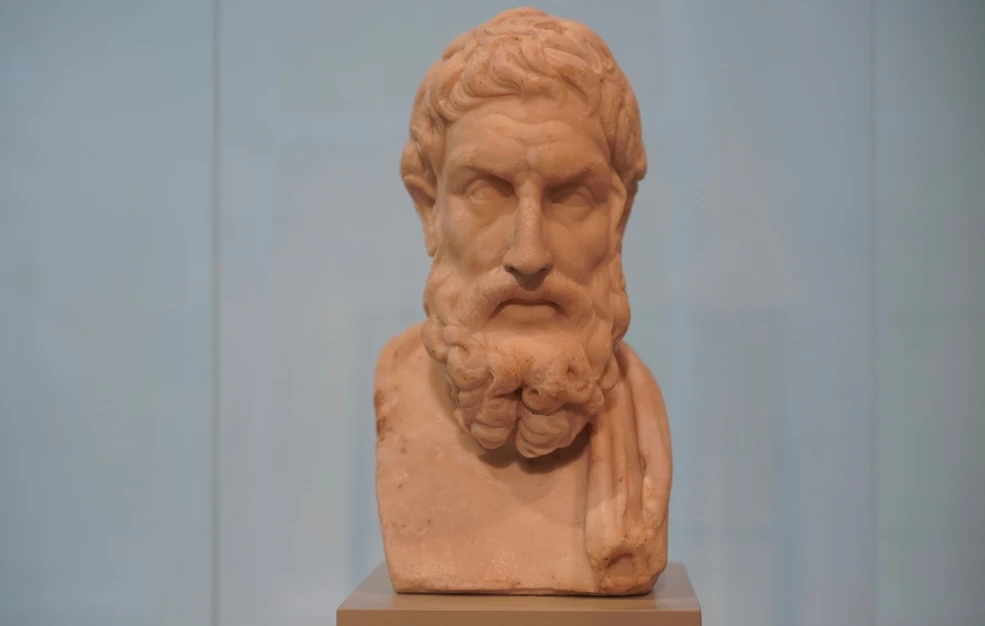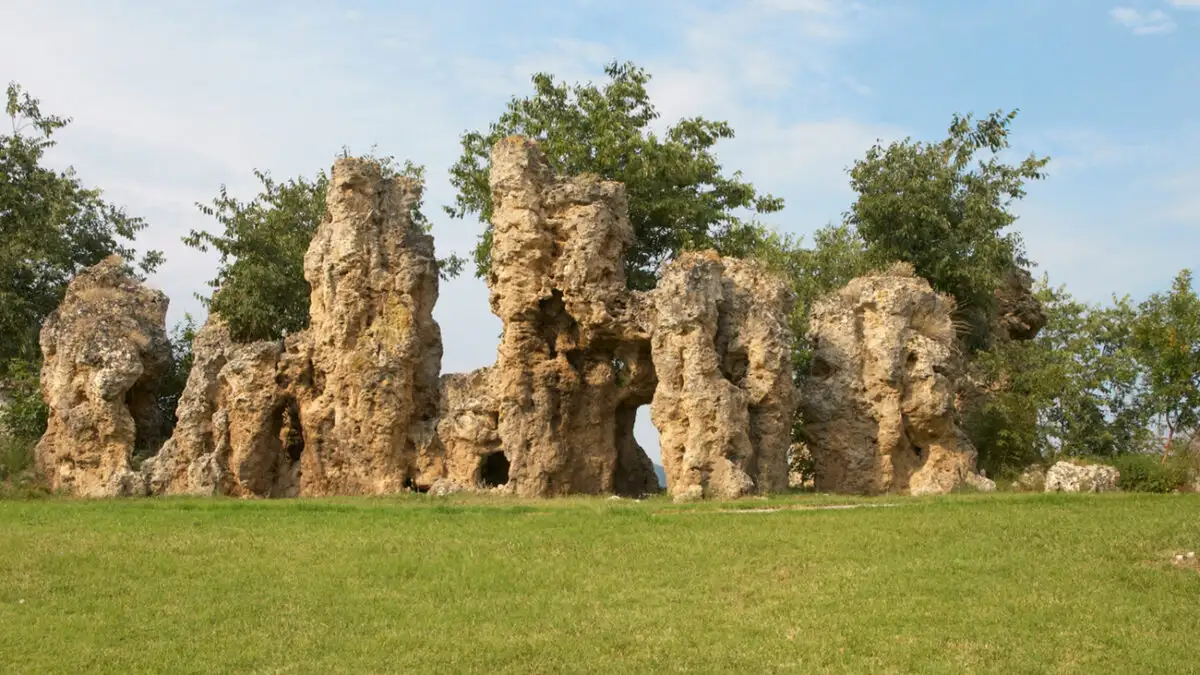A large number of grave markers (marble steles), dated to the Classical era, and some with intricate engravings still very visible, were discovered during excavations by University of Athens archaeologists at ancient cemetery at the Xobougo hill on the Cyclades island of Tinos.
Exquisitely-carved face from tombstone sculpture found at Xobourgo Hill, Tinos, 5th century BC
The increased academic interest in the specific artifacts lies in the fact that they provide more information on Classical era sculpting on the island, which even in the modern era is known for its sculptors, using both wood and rock.
Tombstone with nude figure of a young man, 5th century BC
The site represents the primary graveyard on the island during the Classical era for a nearby ancient settlement on the west and south sides of the hill. The fortified settlement, surrounded by a cyclical wall as far back as 1000 BC, expanded gradually to the south of the hill. It served as the most important settlement on the island, essentially its capital, before being abandoned at the end of the 4th century BC.













